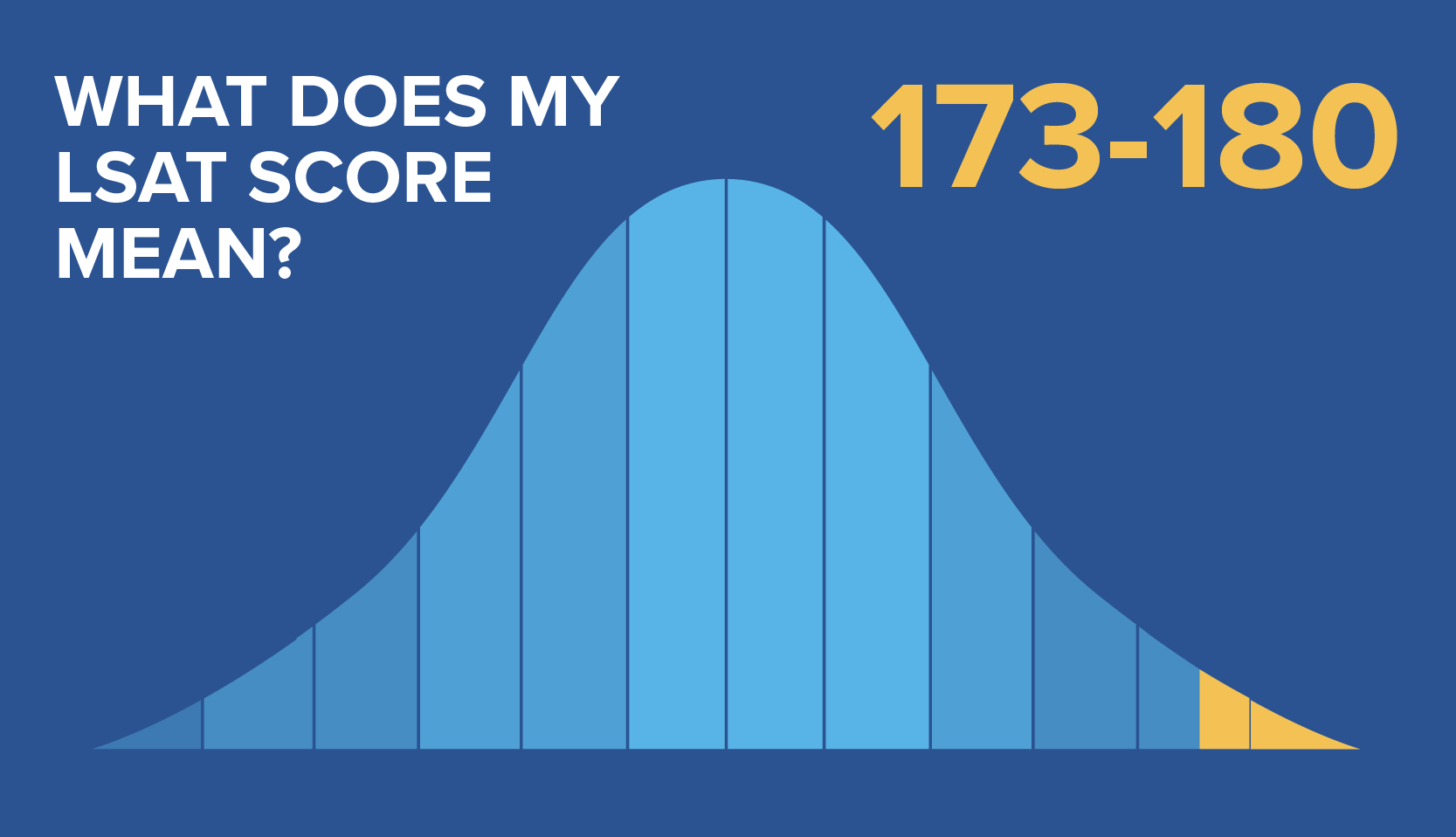
Note: As of August 2024, the LSAT will no longer have a Logic Games Section. The June 2024 exam will be the final LSAT with Logic Games. Learn more about the change here.
This week, we’re running a series of posts on what our cadre of LSAT instructors wish they knew about the LSAT before taking it. Today, we’ll cover what one LSAT instructor wishes she understood about Logic Games. If you’d like more, check out our earlier posts on Logical Reasoning and Reading Comp.
There are some people who feel completely comfortable with LSAT logic games — they take to games like a fish to water, with nary a problem finding deductions or visualizing how the game works.
Back when I was studying for the LSAT, I was not one of those people. Don’t get me wrong, I did fine on the Games section, but I always had a lingering fear that I’d get some super hard game on my test and not be able to figure it out. I just couldn’t quite see how games worked in the way that other people could.
Since then, I’ve taught the LSAT for more than half a decade (yikes) and have consequently gotten very comfortable with logic games. Here’s what I’ve learned from teaching the LSAT that I wish I knew when I was taking the test:
1. When looking for deductions, look at each rule to find out if it plays nicely with the others
My approach to finding deductions used to be more along the lines of staring at my set-up and rules to see if anything jumped out as being extremely restricted. Not bad, but not methodical!
Since then, I’ve really refined my approach to finding deductions. After I’m done representing the rules, I look at each rule one by one to figure out how it interacts with the other rules (and how it might fit into my set-up). Sometimes, the rules don’t really affect the other rules; that means there probably aren’t any deductions to be found. But in some cases, as I start thinking about how a rule might play out or where a certain player could go, I realize that it’s also going to affect something else. And that, of course, is a deduction.
It’s important to note that I’m doing exactly the same thing as anyone else who’s looking for deductions. The only difference is that I’ve started looking at each rule one by one, and I’m looking specifically at how the rules relate to each other. It just gives me a clearer starting place and a more delineated approach.
2. You can be strategic in approaching the answer choices
When I was studying for the LSAT, I admit that I probably fell into the common trap of rushing into answer choices because I was worried about having enough time. I was so focused on getting through each question that I never bothered to figure out how one might approach answer choices more efficiently, rather than starting at the top and working your way down.
Now that I’m savvier, I realize that for many questions, you’re well served by stopping to think first about who the likely prospects are. For instance, for a question where you’re trying to figure out which player would allow an order to be fully determined, you can first stop to think about who would otherwise be hardest to place. Or for a rule about what cannot be true, you can start by looking at the answer choices that mention particularly restricted players.
Again, if you know what you’re doing, you’re going to get to the right answer no matter what. But because of the time pressure, I wasn’t consistently pausing to take a little step that probably would’ve saved me time in the end.
————
If you, like me, aren’t quite a natural when it comes to logic games, fear not – there is hope for us too! Keep the above tips in mind, and above all, make sure you’re thoroughly reviewing any games you struggle with, and someday you’ll be in my seat, passing on your accrued wisdom to the young’uns.




